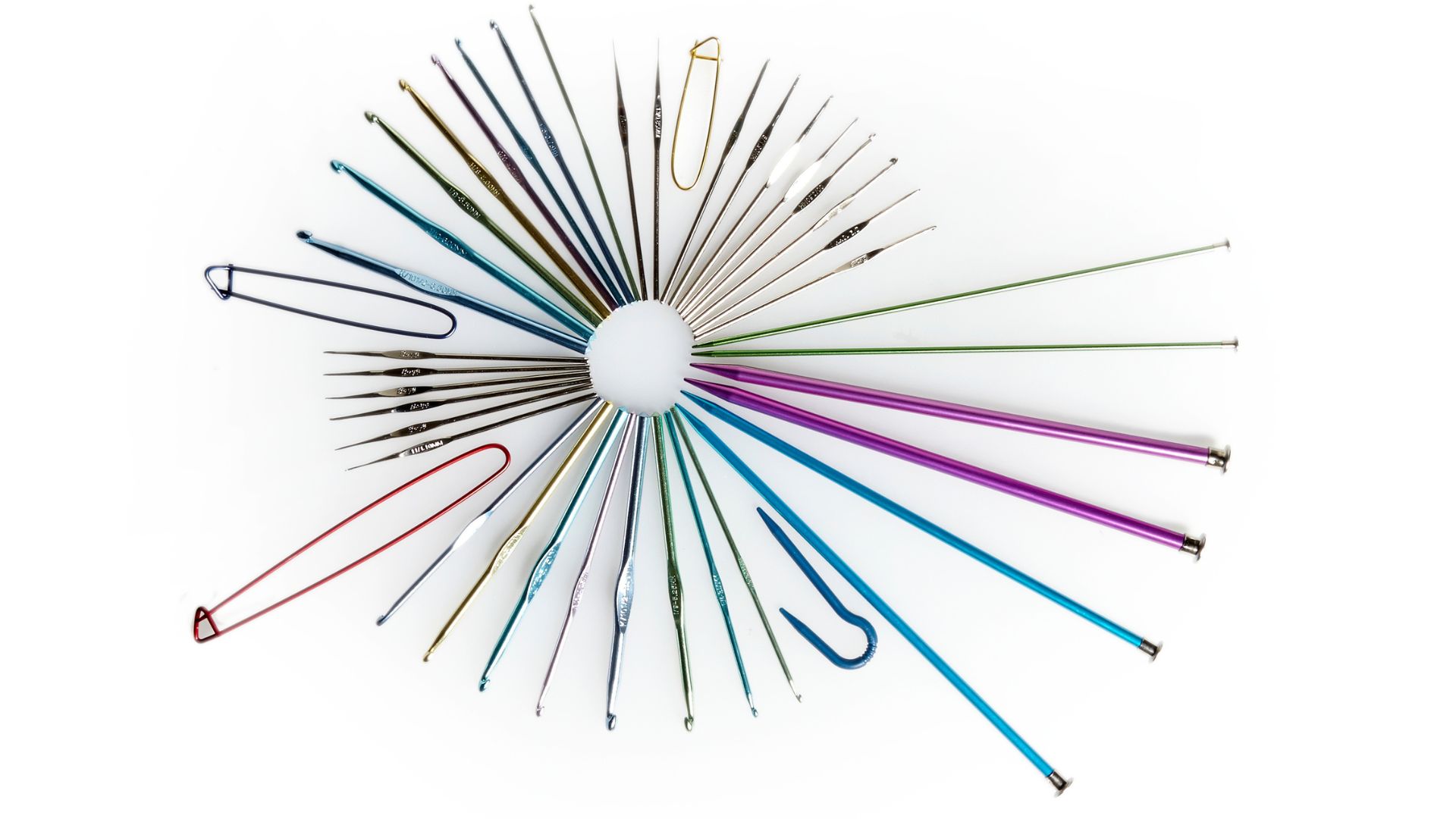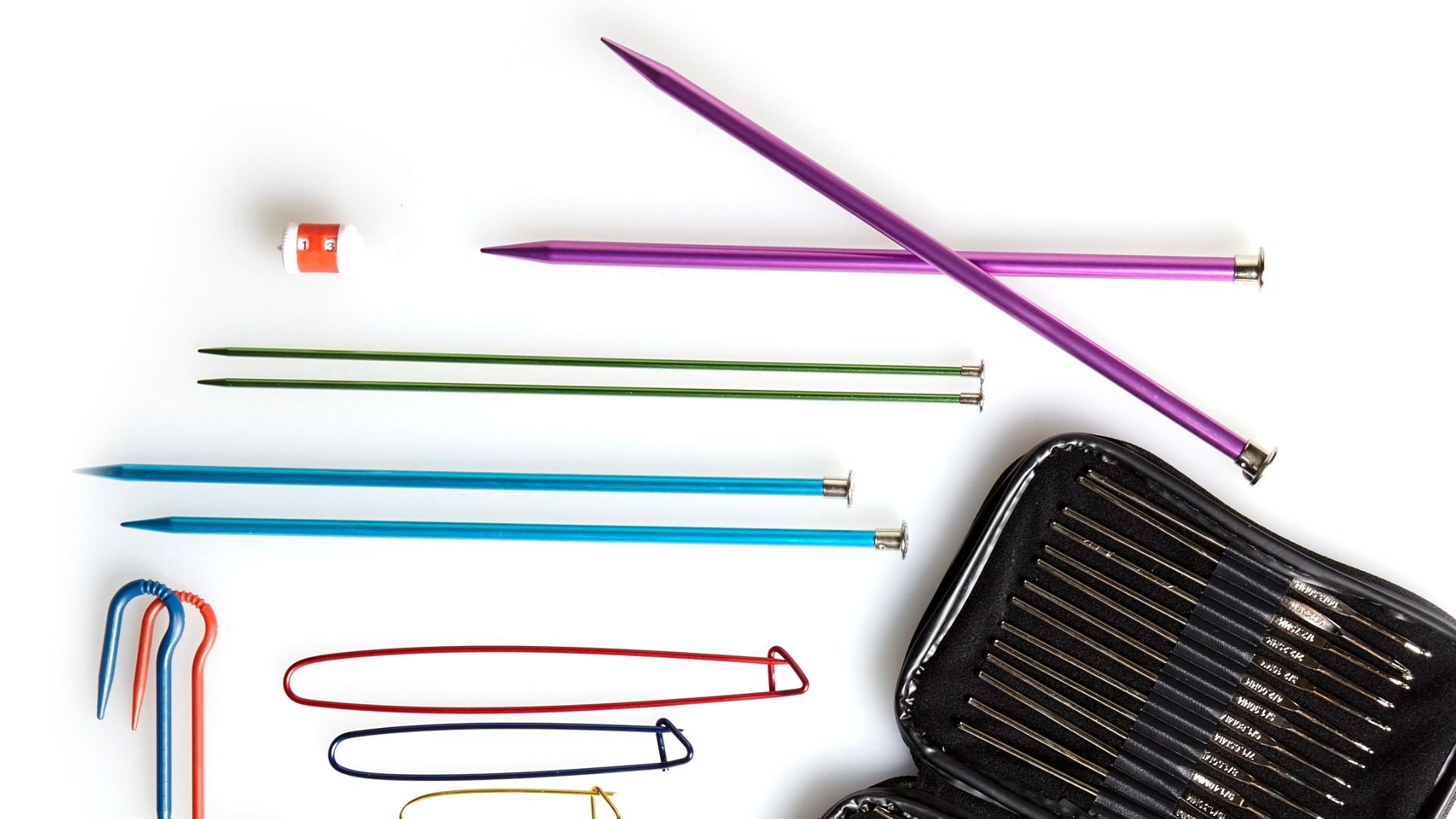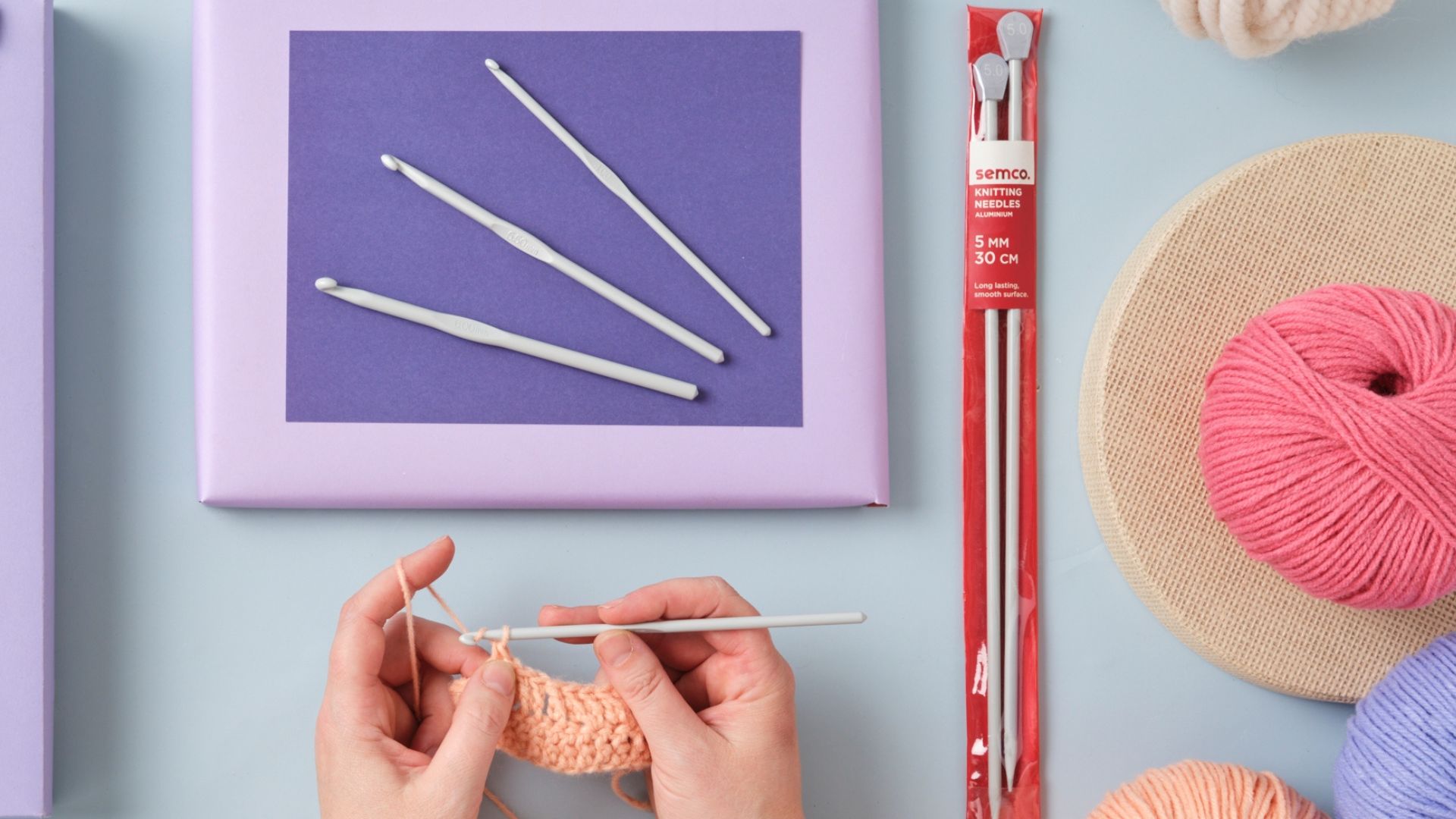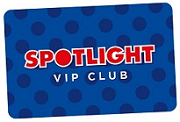 | ||
| Your browser is not supported. | ||
|
Please browse our site using any of the following options:
| ||
Your Guide To Knitting Needles & Crochet Hooks

Jumpers, scarves, blankets or mittens - with the right tools you can turn yarn into almost anything! But to do that you'll need either knitting needles or crochet hooks, and each comes in a huge range of materials, sizes and shapes.
This buying guide will help you make sense of all the kinds of knitting needles and crochet hooks you can find at Spotlight - we'll dive into what they all are, as well as answer a few commonly asked questions at the end. If you're new to needle art or just need a refresher, this is the guide for you!
Quick Links
- How To Choose Knitting Needles
- How To Choose Crochet Hooks
- Other Knitting And Crochet Accessories
- Knitting Needle And Crochet Hook FAQs
How To Choose Knitting Needles
When choosing your knitting needles, make sure you know what size and type will work for your yarn, your pattern, and your personal taste. Certain brands, such as Pony knitting needles and Addi knitting needles, are well-loved brands known for producing quality needles, so they are a great place to start your needle collection!
Knitting needle materials
Knitting needles can be made from a range of materials, each with its own merits.
- Plastic needles are the most economical variety, so they're great for beginners who are trying knitting for the first time. Often colourful and always found in the widest range of sizes, you can experiment with these needles as you try new ideas and techniques.
- Metal needles, most often made of aluminium, are smooth and light, making the knitting process quicker for experienced knitters.
- Wooden needles are generally more expensive than others but they feel particularly nice in the hand, so prolific knitters often favour them. Yarn doesn't usually slide over them as easily as metal or plastic, so while progress might be slightly slower, you're less likely to drop stitches when using wooden needles.
- Bamboo needles are a cheaper alternative to wooden ones and have similar qualities.
Knitting needle types
Different needle shapes lend themselves to different projects, and it's important to choose the right ones for the job.
- Straight knitting needles have pointed tips and stoppers on the ends to prevent stitches from slipping off. They vary in length, usually from 18 to 40cm, and the larger your project, the longer you will want them to be.
- Circular knitting needles are a pair of needles joined by a flexible cable. These allow for knitting 'in the round', but can also be used for regular knitting. Circular knitting needles are good for holding all the stitches in a particularly wide project like a blanket. The cables of circular knitting needles can vary in length, so you can choose longer ones for larger projects.
- Double-pointed knitting needles are also used for knitting in the round, but they're used when the project you are working on is too small for circular knitting needles. As they don't have stoppers on their ends, many knitters like to use point protectors to ensure stitches don't slip off the ends of double-pointed knitting needles.
- Cable needles have bends in them, usually giving them a 'U' or 'J' shape, and are shorter than double-pointed knitting needles. Cable needles are used in conjunction with other needles in order to create cabled patterns.
Knitting needle sizes
Knitting needle sizes are determined by the diameter of the needle. Small needles create small stitches, and large needles create large ones. In Australia, knitting needle sizes are measured in millimetres, but U.S. and UK needles are assigned size numbers. This knitting needle size conversion table will help you discover which size is which!
Knitting Needle Size Conversion Chart
Size in millimetres (AU) | UK size | US size |
2 | 14 | 0 |
2 1/4 | 13 | 1 |
2 1/2 | 12 | - |
2 3/4 | 12 | 2 |
3 | 11 | 3 |
3 1/4 | 10 | 3 |
3 1/2 | 9 | 4 |
1 3/4 | 9 | 5 |
4 | 8 | 6 |
4 1/2 | 7 | 7 |
5 | 6 | 8 |
5 1/2 | 5 | 9 |
6 | 4 | 10 |
6 1/2 | 3 | 10 1/2 |
7 | 2 | - |
7 1/2 | 1 | - |
8 | 0 | 11 |
9 | 00 | 13 |
10 | 000 | 15 |
12 | - | 17 |
15 | - | 19 |
20 | - | 35 |
50 | - | 50 |
- The ratio of yarn thickness to needle size will change the gauge of the knitted fabric you produce. For example, fine yarn knitted on large needles will produce a loose knit, and vice versa. When knitting a fitted garment, the gauge will affect the finished measurements. It is recommended to knit a 'gauge swatch' before starting your project to ensure you have the right yarn/needle combination. Gauge measurements are provided in patterns and on most yarn.
- Many knitting projects require a combination of needles. For example, when knitting a hat you may use circular knitting needles for the wider portion and switch to double-pointed knitting needles as you work towards the crown. Make sure you read the pattern carefully to ensure you have everything you need.
- The pattern will indicate the type of needles and yarn required for a project. Similarly, the packaging of most yarns will also suggest a needle size for use as a guide.

Kids' pencils
- A basic set of coloured pencils should be a part of every kid's art supplies. A starter set of twelve colours is all they need to start colouring, drawing, and writing. Many pencils come with special grips to make them easier for children to hold - look for jumbo or tri-grip Crayola pencils if your child is just starting to draw with pencils.
- Kids who are committed to their art can upgrade to larger sets with higher-quality pigments. Special colours like gold, silver and white can all inspire kids to draw new things and try new techniques.
- Grey lead pencils are excellent for sketching. They are also perfect for kids who are practising drawing shapes, letters and numbers because they are easily erasable. Grey leads come in different sizes - HB is a good standard grey lead size. A high number before the letter H indicates a pencil that is hard and will produce a thin, light line while pencils with a high number before the letter B indicates a soft, dark pencil that makes smudgy lines.

Discover Quality Knitting Needles And Crochet Hooks At Spotlight
As with so many arts and crafts, learning what you like can take time and experimentation. As you go you will most likely build a collection of hooks and needles that will become a fantastic set of tools for your growing yarn crafting skills! Grab your supplies online, safely pay and we'll deliver your order straight to your front door. Otherwise, visit your nearest Spotlight store to shop for knitting and crochet supplies in person.
For more information on the types of yarn used in crochet and knitting have a read of our amazing yarn buying guide, as well as our handy knitting and crochet abbreviations guide. And for even more free ideas, browse our knitting and crochet projects online for clothing, accessories and toy walkthroughs.




